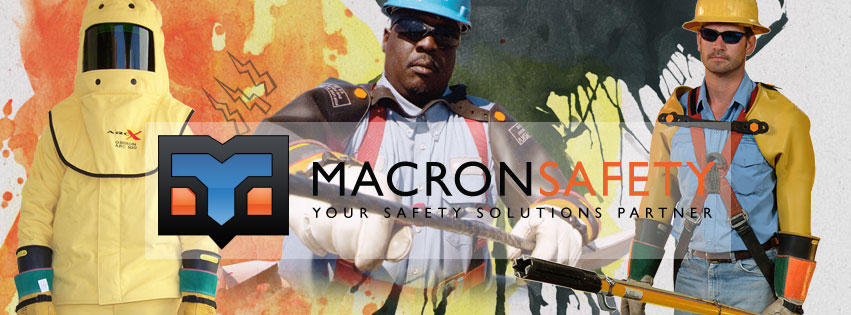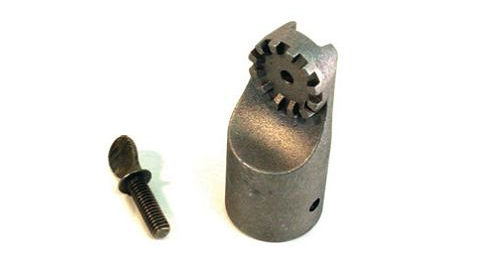 The new line of flame resistant Dailywear from Oberon offers solutions for the greater industrial marketplace, not just the NFPA 70E Arc Flash solutions where Oberon is famous.
The new line of flame resistant Dailywear from Oberon offers solutions for the greater industrial marketplace, not just the NFPA 70E Arc Flash solutions where Oberon is famous.
The new line consists of an expanded number of garment models…shirts, pants, cargos…underwear, t-shirts and knit Henley’s…as well as more coverall choices and shop coats.
An Expanded number of fabrics from a simple & economical FRT Cotton and FRT Cotton/Nylon blend…to the industry leading flash fire fabric, Dupont Nomex IIIA. Oberon also has its own line of proprietary fabrics, including its FR Denim. In between, it includes the popular Dupont Protera, Tencate Tecasafe Plus (TSP) and GlenGuard flame resistant fabrics. There are more choices with a full spectrum of features and benefits that set each of them apart from the other. One size does not fit all. There is a solution for your needs and hazards. If you have questions as to which are the best for your needs and application, give us a call (916) 905-6535. One of our technical support team will be happy to answer your questions.
Still made in the USA and not out-sourced manufacturing to offshore facilities.
As the authorities are increasingly focused upon clothing worn in the industrial market, they are looking for applications and sites where there is the potential for not just arc flash, but other sources of ignition, including flammable dust and vapors. Any of these sources could ignite standard industrial uniforms or street clothing that are not flame resistant. As we often point out in our presentation, it is often not the ???? that contributes to the greater portion of the injury. A small spark or low energy arc flash could generate sufficient energy to ignite the non-FR clothing, like nylon jackets, street clothing or cotton-poly uniforms. FR clothing can dramatically improve the likelihood of the worker not only surviving, but thriving. Instead of days and weeks in a hospital burn ward, the worker may be home for dinner and return to work within days. The right choice of FR PPE will reduce the percentage of body burned and increase the chances of survival. That is the upside of an FR Dailywear program.
Talk to Macron Safety, together we can make the workplace a safer place for your workers.
I Know the Voltage…What Arc Clothing Should I get? Unfortunately that is not sufficient information to select the correct PPE. Knowing the voltage is only one piece of the information needed to determine the Arc Flash PPE that would be appropriate for your specific needs. In order to determine the potential Arc Flash exposure level and the required PPE we would also need to know the available fault current, the working distance between the worker and the equipment, the clearing time of the circuit protection device, the spacing between conductor or from a conductor to ground, the number of phases, whether the conductors are in an enclosure, and the equipment configuration.
How do Arc Flash and Flash Fire hazards differ? A flash fire is a low intensity fire (~2 calories per second) that can last a prolonged period of time (a couple seconds or longer). An electric arc flash incident last a far shorter period of time (typically less than a second) while generating more heat energy (200+ calories per second).
Flame Retardant Treated (FRT) Fabric such as cotton, has been treated with a flame retardant chemical – a chemical that has been applied to the surface of the fabric so that it becomes resistant to flame. However the flame retardant chemical may be washed out if improperly laundered.
Inherently Flame Resistant (IFR) Fabric has a permanent flame resistant quality built right into the fibers in the fabric. The resistance to flame is a fundamental (inherent) characteristic or quality of the fabric. It cannot be removed or washed out.
Clear Faceshields or Clear Hood Windows do not offer effective protection against the incident heat energy from an arc flash exposure. As the incident energy increases, the creation of an opaque char on the shield window surface decreases the percentage of transmitted energy, but at these higher exposure levels, there is still more than sufficient heat energy transmitted to cause a predicted second-degree burn injury.





